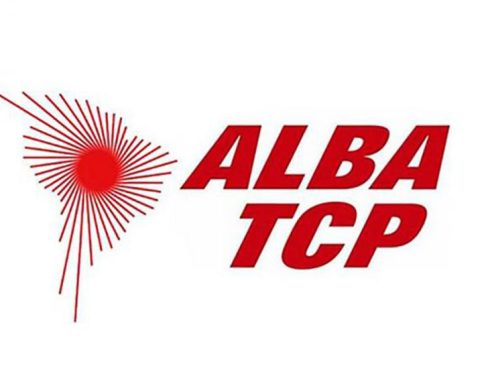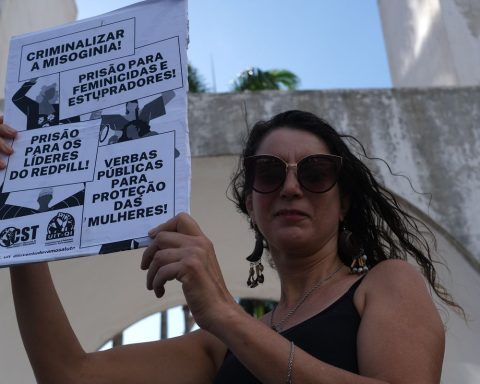A preliminary analysis of the Silicon Valley Bank intervention by the United States banking authorities and its potential impact on the Colombian financial system showed that there are big differences in terms of regulation between the entities of the two countries.
(See: The tensions that banks are experiencing in the midst of the crisis).
And in that sense, he says, the bankruptcy of Silicon Valley Bank (SVB) “does not present a significant direct impact on the Colombian financial system”.
Mention that dice the characteristics of the regulation in the USA, and despite the fact that the SVB is the “Bank number 16 by size of assets, it is a category IV entity, and, therefore, Basel III standards (international banking legislation) are not required of it in liquidity management, that is, it was not obliged to comply with liquidity standards of short-term or structural funding“.
The Superfinancial explains that the regulation in Colombia “requires all credit establishments in the financial system to take prudential measures for liquidity management in accordance with Basel III standards”.
Among the most important is the Liquidity Risk Indicator (IRL) whose purpose is to measure the capacity for emergency funding or survival in a 30-day horizon.
(See: Volatile Monday in world markets due to the banking crisis).
In Colombia, all credit institutions are required to comply with this standard. and the most recent figures show that the ratio of deposits and demands against high-quality assets, widely meet the regulatory minimum (100%), reaching 196%.
Another key indicator is the Net Stable Financing Ratio (Cefen)which measures the structural funding capacity (for one year) of the establishments.
In Colombia, all credit institutions are obliged to comply with this requirement, and their level of demand is determined by the size of the assets. Group 1 includes banking establishments whose total assets represent more than 2% of the total assets of credit establishments, for which a regulatory limit corresponding to 100% is required. Group 2 is made up of the other credit establishments, except financial corporations.
banking crisis.
Bloomberg
The Superfinanciera says that available stable funding exceeds that required, The Cefen indicator reached 109.26%.
(See: The ‘moral hazard’ that bank bailouts like the SVB would generate).
The Superfinanciera reaffirms that the intervention of the SVB does not present a significant direct impact, since the credit establishments do not have shares in companies other than their subsidiaries. “Therefore, no direct investments are found in SVB. In the portfolio, there are no operations with SVB counterparty, nor in fintech companies, private equity funds or related venture capital“, says.
In pension funds and others institutional investors no direct investments in SVB are observed. He says that “The AFPs have some investments in funds that follow stock indices that may affect their valuation, but they are funds that are admissible by regulation as long as they have adequate levels of diversification”.
The exposure of AFPs to ‘venture capital’ funds is practically nil, therefore, an impact in this industry would not be expected either, says the analysis.
(See: UBS, the largest Swiss banking group, buys its rival Credit Suisse).
Finally, according to the Superfinanciera, as second round effects, the intervention of the SVB can generate greater risk aversion and devaluation of other financial actions of institutions with similar business models.
BRIEFCASE

















